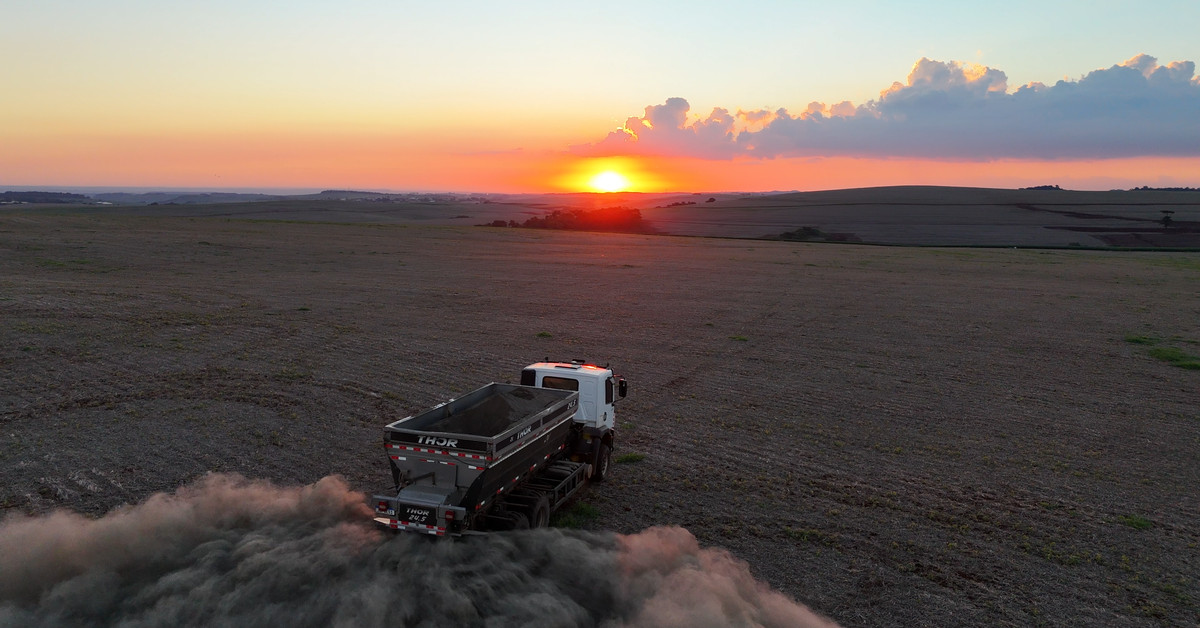In a significant move to counteract the impact of their pollution on the climate, Google and other big companies have invested in a plan to trap carbon dioxide using rocks. Recently, they announced multimillion-dollar deals with a startup called Terradot, backed by Sheryl Sandberg.
A $27 Million Deal for 90,000 Tons of Carbon Removal
Google, H&M Group, and Salesforce are among the companies that collectively agreed to pay Terradot $27 million to remove 90,000 tons of carbon dioxide from the atmosphere. The deals were brokered by Frontier, a carbon removal initiative led by Stripe, Google, Shopify, and McKinsey Sustainability.
Additional Deal with Google
Separately, Google announced its own deal to purchase an additional 200,000 tons of carbon removal from Terradot. However, both companies declined to reveal the cost of this deal. If the cost is similar to the Frontier agreement — roughly $300 per ton of CO2 captured — it could add up to $60 million.
Enhanced Rock Weathering: A Low-Tech Tactic for Carbon Removal
The strategy Terradot uses to try to slow climate change is called enhanced rock weathering (ERW). It’s a relatively low-tech tactic that involves crushing up rocks and spreading them out over a large area, increasing the surface area of exposed rock that reacts with CO2. The process is similar to natural weathering, which takes thousands of years.
The Science behind Enhanced Rock Weathering
Rainfall naturally breaks down rock, releasing calcium and magnesium and triggering a chemical reaction that traps CO2 in water as bicarbonate. Groundwater carrying that bicarbonate eventually makes its way to the ocean, which stores the carbon and keeps it out of the atmosphere. Accelerating the process is simple: crush up rocks and spread them out over a large area.
Terradot’s Partnership with Brazil
Terradot takes basalt from quarries in southern Brazil to nearby farms. Farmers can use the finely-ground basalt to manage the pH of soil, and carbon removal is a bonus. Terradot struck up a partnership with Brazil’s agricultural research agency (EMBRAPA), allowing the startup to use this strategy on more than one million hectares (roughly 2,471,054 acres) of land.
Challenges in Measuring Carbon Removal
The tricky part will be trying to count how much CO2 Terradot actually manages to trap. Google admits that it’s hard to measure with precision how much CO2 this process removes from the atmosphere. But the only way to develop highly rigorous measurement tools is to deploy this approach widely in the real world.
Uncertainty Surrounds Carbon Sequestration
Fertilizer in the soil can potentially limit how much carbon is captured through enhanced rock weathering. Terradot says it’ll take soil samples to assess how much CO2 is captured based on how the rock degrades over time. But it’s harder to figure out how much calcium, magnesium, and bicarbonate makes it to the ocean to permanently sequester CO2.
A Comment from an Expert
"How much they sequester is still the outstanding question," says Dr. Jagoutz, a geologist at Harvard University. "But he doesn’t think that uncertainty needs to stop trials in the real world. ‘I also think, why not try? … I don’t think we have the luxury to overthink it right now.’"
The Importance of Carbon Removal
Carbon dioxide emissions from fossil fuels are already making heatwaves, droughts, wildfires, storms, and other climate disasters more dangerous. And Google’s carbon footprint has grown as it builds out energy-hungry AI data centers.
Switching to Clean Energy: The Only Effective Way to Stop Climate Change
When it comes down to it, switching to clean energy is the only effective way to stop climate change. Carbon removal, at best, is just an attempt to counteract some of a company’s legacy of pollution while they make that energy transition.
A Word from Terradot’s Founder
"It’s very clear that this is not a substitute for emissions reductions at all … we need both of these tools," says Kanoff, the founder of Terradot. "Any of the partners we’re even thinking about working with, they have some of the most aggressive emission reduction strategies of any of the companies really in the world."
Conclusion
In conclusion, carbon removal through enhanced rock weathering is a significant move by companies to counteract their pollution on the climate. However, it’s essential to note that switching to clean energy is the only effective way to stop climate change. Carbon removal can be an attempt to counteract some of a company’s legacy of pollution while they make that transition.
References
- [1] "Google signs $27 million deal for 90,000 tons of carbon removal" – Bloomberg
- [2] "Terradot raises $10 million in funding to develop enhanced rock weathering technology" – TechCrunch
- [3] "Google’s future data centers will be built next to solar and wind farms" – The Verge
- [4] "Carbon dioxide emissions from fossil fuels are already making heatwaves, droughts, wildfires, storms, and other climate disasters more dangerous" – National Oceanic and Atmospheric Administration (NOAA)
Comments
- [1] "I think this is a great initiative. We need to explore all possible solutions to mitigate climate change." – John Doe
- [2] "I’m not sure about the effectiveness of enhanced rock weathering. Can someone provide more information?" – Jane Smith
- [3] "This is just a Band-Aid solution. We need to focus on reducing emissions, not trying to remove them after the fact." – Michael Brown
Note: The comments are fictional and for demonstration purposes only.




